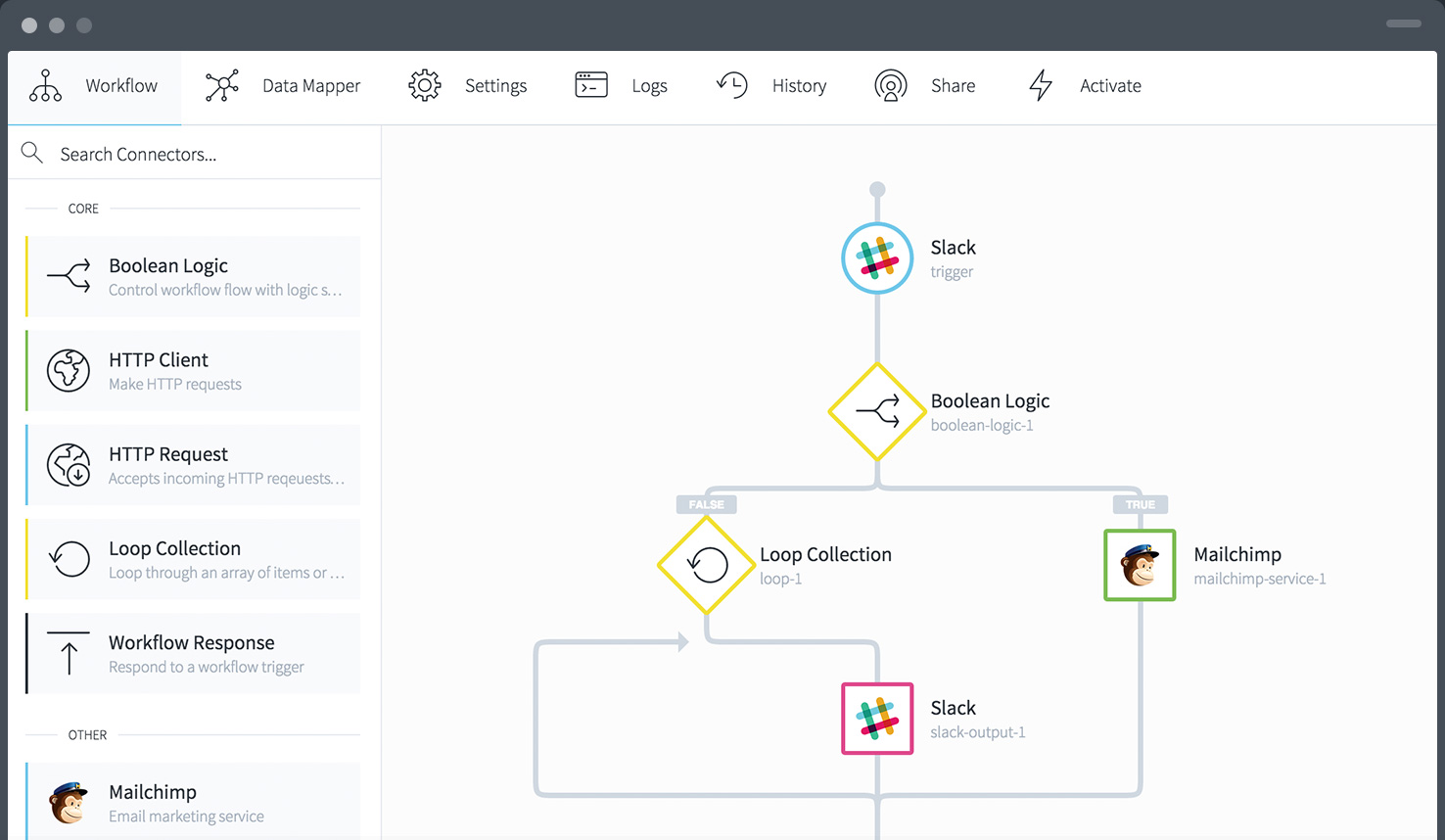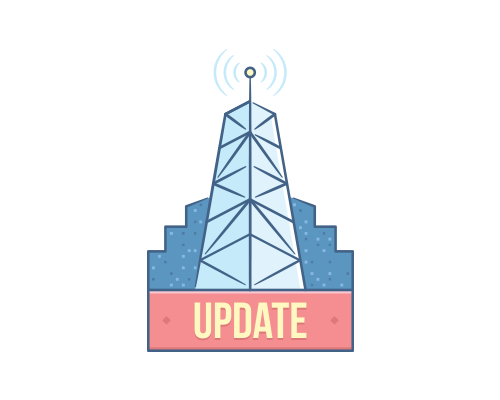This post was originally published on the Tray.io blog in 2017.
After many, many months of blood, sweat and code we're fast approaching an initial release of the tray.io platform. We'll be publishing plenty of details over the coming weeks, to kick things off I'll provide a quick recap on where we're at.
What exactly is tray.io?
We're working on a way to help build and run software integrations, our mission is to make connecting software services a breeze. Many software services we use every day are distinctly separate and difficult to use - we intend to fix that.
This is especially true when trying to build integrations beyond a single push between two services.
Intergra-what?
Imagine instructing a robot to take care of a bunch of tasks for you, like:
- when someone subscribes to your mailing list then look up their profile on LinkedIn if the person works for a Fortune 500 company then send a summary of the profile on Slack else send an auto-generated email welcoming the subscriber
- poll your appstore RSS feed then loop through new reviews if a review is under 3 stars then create a ticket in Zendesk.
- when someone mentions a Trello card in a git commit then update the status of the Trello card to complete.
- loop through Mailchimp signups lookup email address on AngelList if they are an Angel investor add to Pipedrive (as we did)
Writing these scripts is a slow process, aside from actually producing and testing the code, finding a home to deploy these projects and continually monitor them takes a lot of time and expense.
How can tray.io help?
Well we've been working on a way these integrations can be built and deployed quickly whilst still being fully extendable by anyone that has the technical ability.
New integrations can be built via our editor directly in the browser. We provide a visual way to create workflows from a list of community driven connectors and support a range of SaaS services as well as logic components, storage services and authentication.

Finally having built and tested your integration (which you can run and debug in the browser) you're able to push the project into the tray.io cloud. Each project is run within a Docker container.
I'd like to thank the (1000s) of people we've spoken with along the way. Stay tuned for more posts on the turns we've made along this path. We look forward to showing you more soon!

